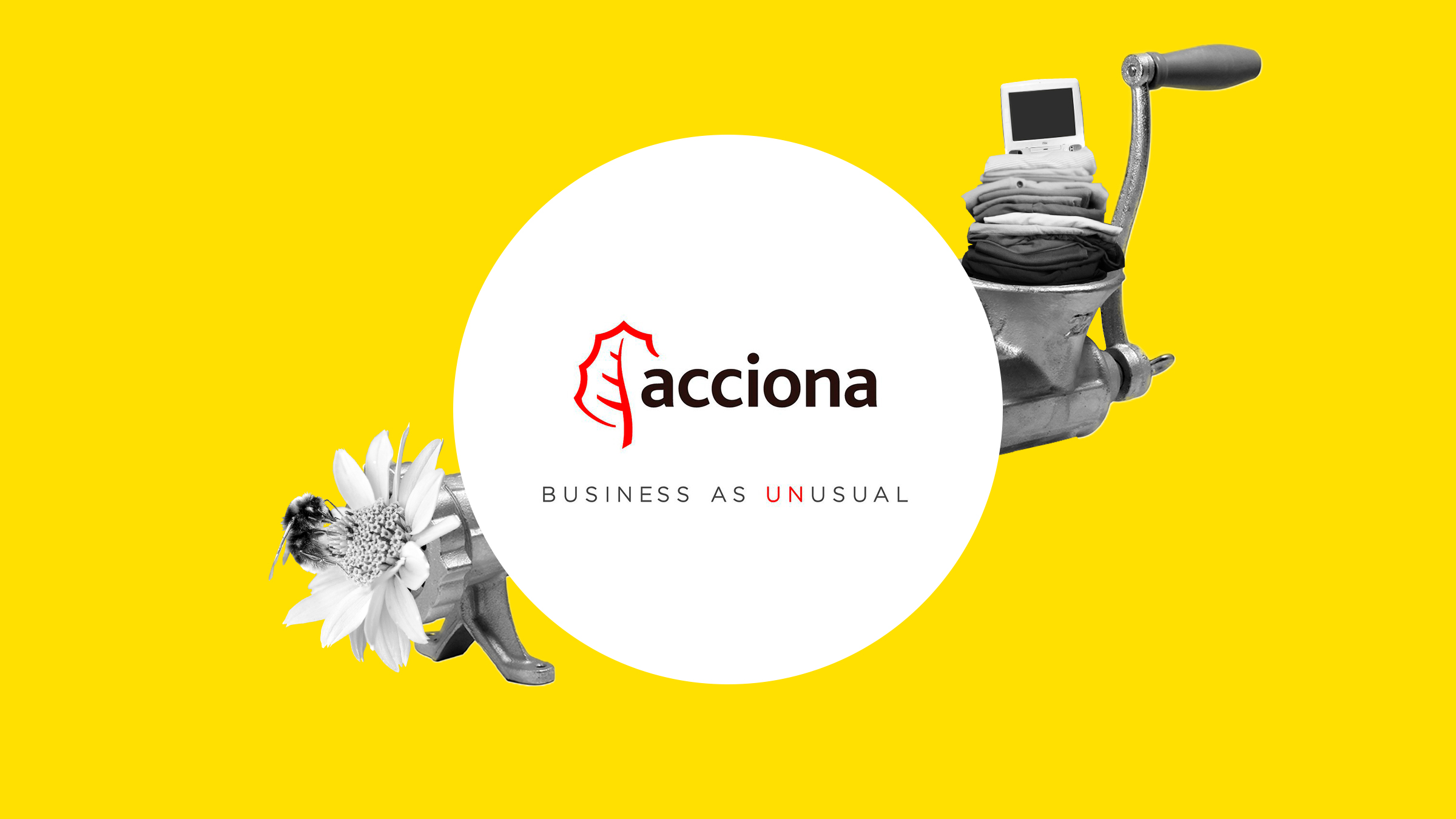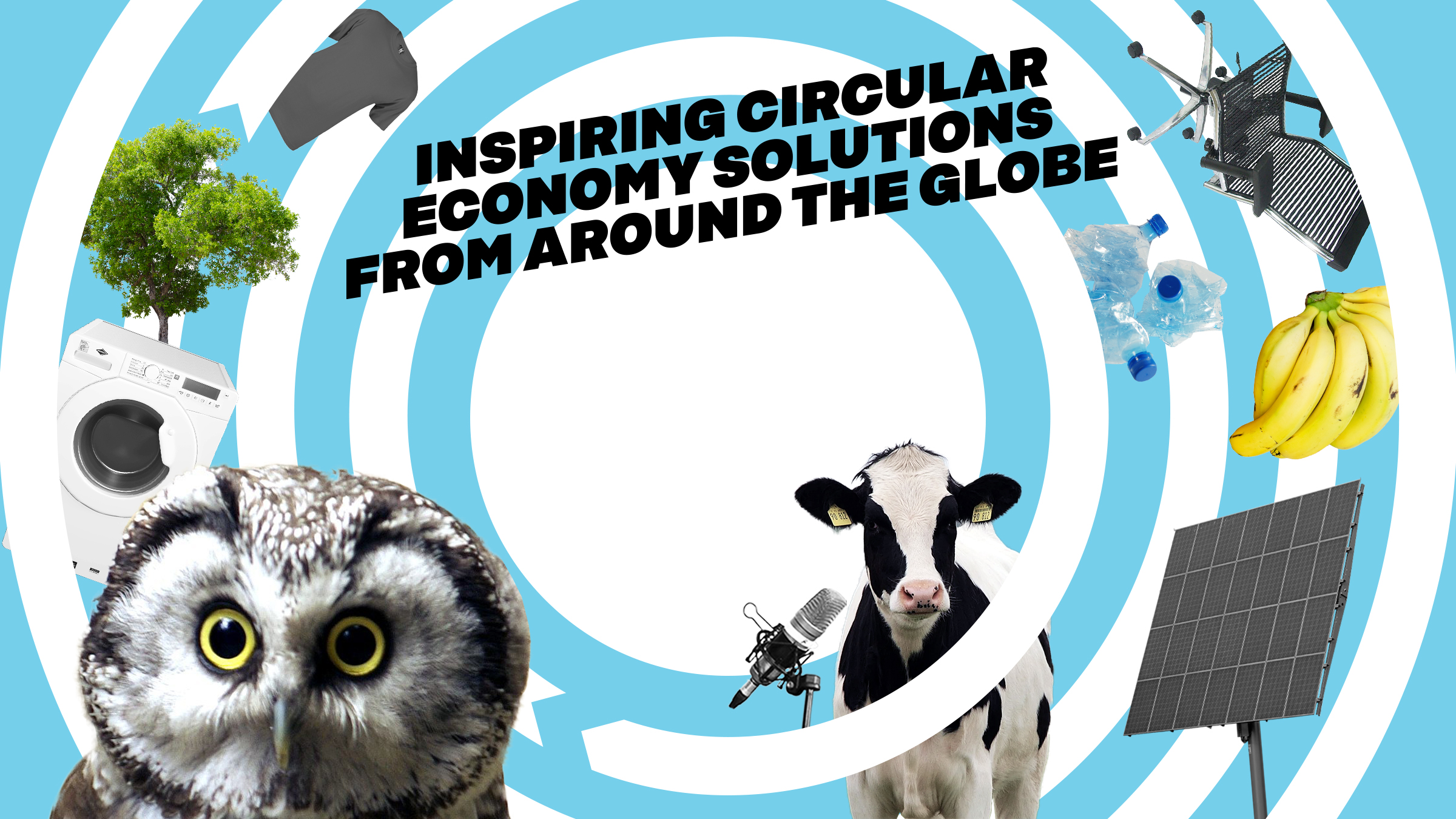Updates: 24 June 2025 website address updated
The circular economy encompasses many different concepts, and there is no one way to apply them. ACCIONA strives to apply circular economy principles throughout their large infrastructure projects. These projects include multi-billion-dollar renewable energy, transportation and construction jobs.
The synergies between the different divisions of the company have been crucial for developing circular economy practices at ACCIONA. The organisation has worked to establish a company-wide symbiosis, where different divisions support each other. This allows each division to cooperate, learn and benefit from others, enabling innovative circular solutions across various industries.
Problem
The construction of large-scale projects such as transportation or energy infrastructure has many negative environmental impacts. The projects may require a lot of materials that are energy-intensive and are not used efficiently and recycled properly. The planning and design phases do not often consider impact on local ecosystems and biodiversity.
Solution
ACCIONA is dedicated to circular economy and sustainable business across their many infrastructure solutions. Each of their divisions work closely to offer a holistic circular solution, including in energy supply and efficiency, water supply and treatment, waste management, restoration of degraded spaces, and eco-design in construction materials. Each division integrates technologies, business models and innovative approaches for the design, building and management of infrastructure throughout each structure’s whole lifecycle.
The organisation applies a holistic approach in establishing circular solutions in infrastructure that involves the participation of local governments and communities. Therefore, the organisation has developed and applied a communication platform, both internally and externally, to gain a solid understanding of the problems to be tackled, and to identify the best available technologies that are adapted according to the nature of the problems. With input from governments and communities various tailor-made solutions can be put forward that will adapt to circularity needs, as well as to time frames and public budgets.
Environmental impact
The environmental impact depends on the nature of the infrastructure project. Overall, through their holistic approach, the company achieves significant savings in material use, valorisation of waste (e.g. use of extracted soil from metro excavation work for the restoration of mines and quarries), and emission reductions of greenhouse gas and other atmospheric pollutants, which allows the company to keep its pledge of staying carbon neutral.
Social impact
The company considers the social impacts of their infrastructure projects through consultations with local governments and communities at the design phase of the projects. The main social impacts are associated with the creation of jobs both directly (e.g. employed in the infrastructure project during and after completion) and indirectly (e.g. enhance mobility in communities located away from transportation hubs).


Inspired?
Check out all solutions.